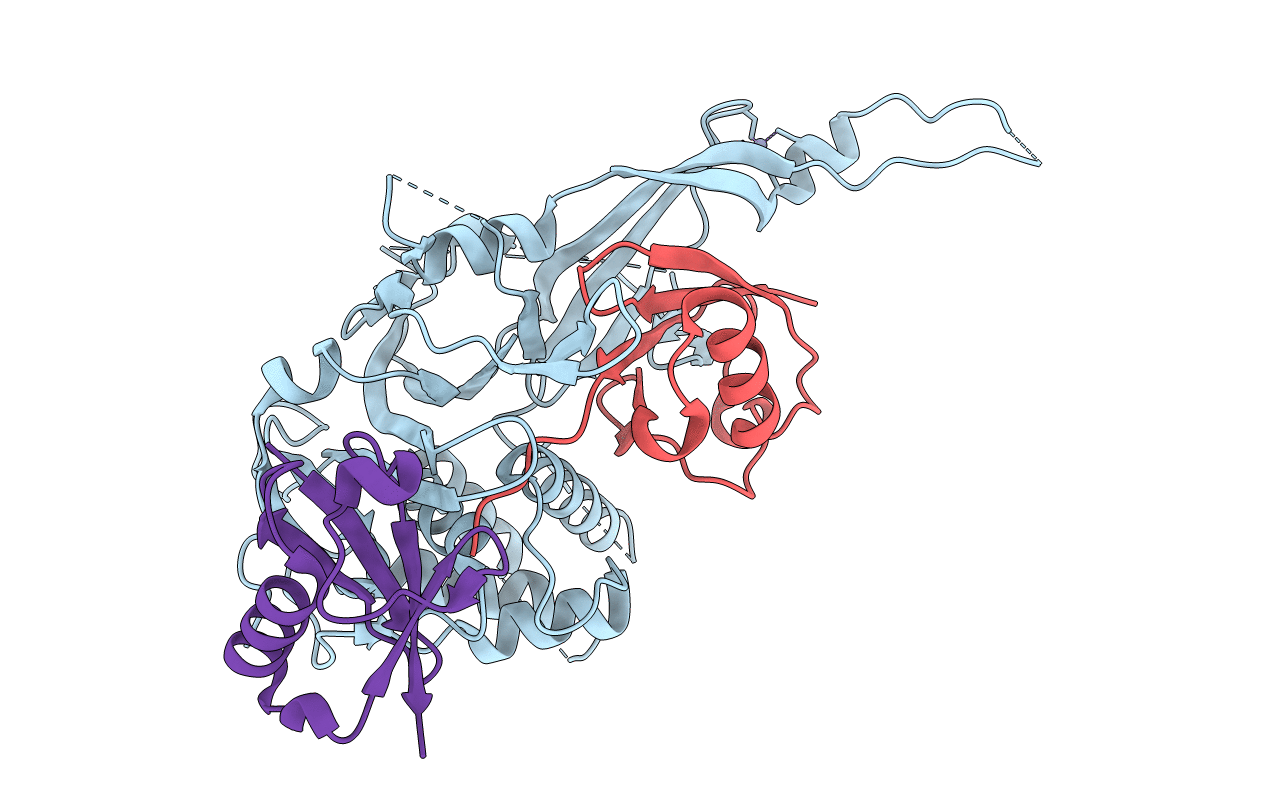
Deposition Date
2016-09-05
Release Date
2017-09-13
Last Version Date
2024-10-09
Entry Detail
PDB ID:
5GVI
Keywords:
Title:
Zebrafish USP30 in complex with Lys6-linked diubiquitin
Biological Source:
Source Organism:
Danio rerio (Taxon ID: 7955)
Mus musculus (Taxon ID: 10090)
Mus musculus (Taxon ID: 10090)
Host Organism:
Method Details:
Experimental Method:
Resolution:
1.87 Å
R-Value Free:
0.20
R-Value Work:
0.17
R-Value Observed:
0.17
Space Group:
P 65


